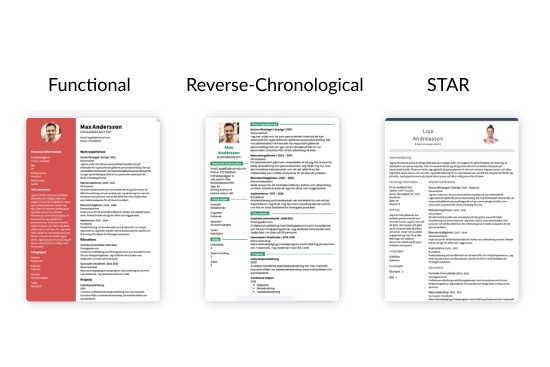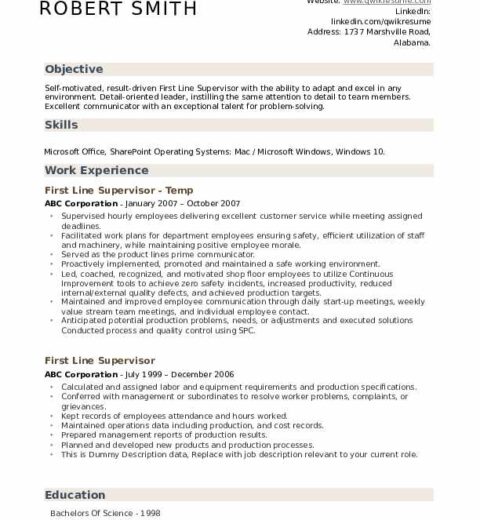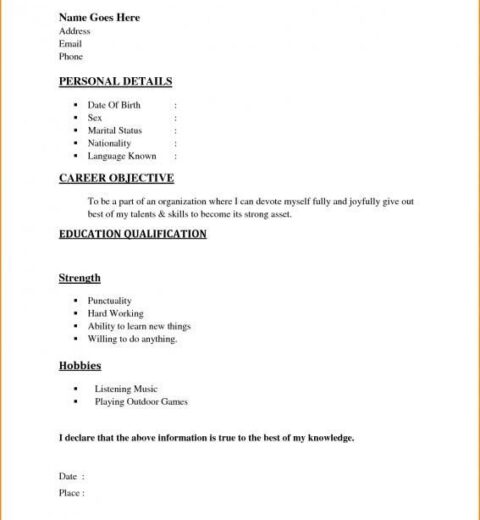In the contemporary job market, the terms “resume” and “CV” (curriculum vitae) are often used interchangeably. However, they possess distinct meanings and serve different purposes. Understanding these nuances can greatly enhance your ability to represent your qualifications and experiences effectively.
At its core, a resume is a concise document, typically one to two pages, highlighting a candidate’s work history, skills, qualifications, and education. The primary purpose of a resume is straightforward: to secure an interview. It emphasizes brevity and relevance, focusing on the most pertinent information that demonstrates a candidate’s suitability for a particular position. A well-crafted resume enables candidates to showcase their strengths while allowing employers to quickly ascertain their potential fit within their organization.
On the contrary, a CV is more comprehensive. This document is often several pages long and delves deeper into a person’s entire career trajectory. The origin of the term “curriculum vitae” is Latin, meaning “course of life,” and it reflects the exhaustive nature of this document. A CV typically includes detailed sections on academic credentials, professional experience, research records, publications, presentations, and often personal information, such as professional affiliations and awards. As such, a CV is commonly used in academic, research, or medical fields where comprehensive listings of qualifications and accomplishments are necessary.
The utility of these documents differs significantly based on geographic location. In the United States and Canada, resumes are the norm for job applications outside of academic positions, while CVs are reserved for academics or those in research roles. In contrast, many European countries favor the use of CVs for all job applications, regardless of industry. This disparity can lead to confusion for job seekers crossing international borders.
Exploring the various types of resumes offers further insights. The chronological resume format is one of the most commonly employed styles. It arranges work experiences in reverse chronological order, allowing hiring managers to see a candidate’s most recent and relevant positions first. This format is particularly effective for individuals with consistent work history and progressive career advancement.
Alternatively, the functional resume emphasizes skills over work history. This format is advantageous for career changers or individuals with gaps in their employment. By categorizing experiences based on skill sets, candidates can draw attention to their abilities rather than the timeline of their employment. Moreover, there is a combination resume that synergizes both chronological and functional formats. It showcases skills at the top while maintaining a chronological list of work history, thus offering a comprehensive view of the candidate.
While the aforementioned formats focus on the presentation of work and capabilities, additional elements enhance the overall impact of a resume. A well-crafted summary statement at the beginning articulates the candidate’s career objectives and key qualifications. This brief but potent narrative lays the groundwork for the subsequent content, ensuring that the reader is engaged from the outset.
When creating a CV, the structure remains similar, but the length and depth of information increase. A standard CV includes sections such as:
- Contact Information: Name, address, phone number, and email address
- Professional Summary: A concise overview of one’s career, emphasizing significant achievements
- Education: Details regarding degrees attained, institutions attended, and any honors received
- Professional Experience: A thorough account of relevant work positions, responsibilities, and contributions
- Publications and Research: A comprehensive listing of scholarly work and contributions to the field
- Awards and Honors: Recognition received throughout one’s career
- Professional Affiliations: Memberships in professional organizations
When determining which format to employ, it is crucial to understand the expectations of the industry or geographic area. Crafting a compelling document involves more than merely listing experiences; it necessitates a strategic approach to presenting oneself in the most flattering light possible. Tailoring both resumes and CVs to fit specific job descriptions significantly enhances the likelihood of garnering attention from potential employers.
Another important consideration is the use of effective keywords. Many organizations utilize applicant tracking systems (ATS) to screen resumes and CVs. These systems often parse documents based on specific keywords related to skills and job requirements. Therefore, incorporating pertinent industry jargon, skills, and qualifications into these documents can greatly improve visibility and chances of selection. This practice is particularly vital in today’s digital hiring landscape.
In conclusion, understanding the meanings, uses, and formats of resumes and CVs is fundamental for any job seeker. These documents serve as crucial tools in navigating the complexities of the job market, offering candidates a chance to articulate their qualifications in a manner that resonates with hiring managers. Whether opting for a resume or CV, the key lies in clarity, precision, and relevance to the desired position. By tailoring these documents to meet the standards and expectations of employers, candidates can significantly enhance their prospects of success in securing employment.




